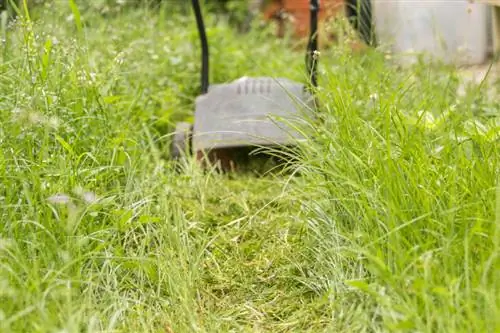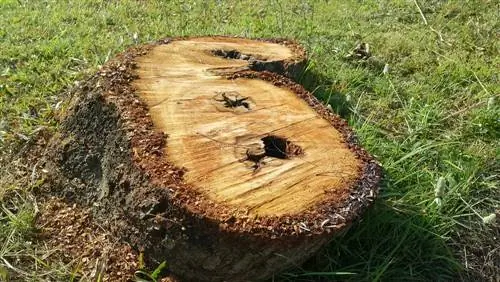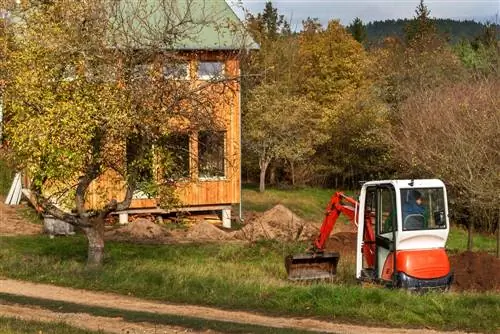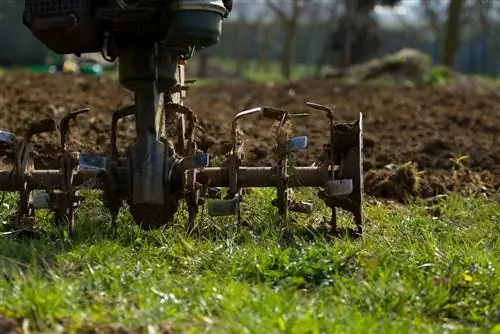- Author admin [email protected].
- Public 2023-12-16 16:46.
- Last modified 2025-01-23 11:21.
Digging in the fall is a measure that has been practiced for generations. With the advent of organic gardening, this approach was questioned. Whether a soil should be dug up in autumn depends on the type of soil and the weather conditions.

When should you dig the garden soil in autumn?
Digging in autumn depends on the type of soil, weather conditions and pest infestation. For light, humus-rich soils, loosening is sufficient, while heavy clay soils should be dug up. Ideally, digging is done when the ground is dry in autumn or early spring.
When digging is recommended
The soil type determines whether digging makes sense. In order not to unnecessarily disturb the sensitive life in the layers of earth, you should weigh up digging against loosening. It is recommended to re-layer if snails have spread on the beds. They lay their eggs protected under leaves and dead plant parts. By digging, the clutches are brought to the surface, where they die due to sunlight or frost. Creating a new bed also requires digging.
These are the advantages of digging:
- Promoting plant and root growth
- improved water absorption capacity of the soil
- optimized air circulation
- Elimination of compactions
Working light and heavy soils
The timing plays a minor role when working on light and humus-rich soils, as you do not have to dig up such soils. Loosening it up with a digging fork (€139.00 on Amazon) or a sow tooth is completely sufficient. The soil is less prone to compaction, which is why you can avoid digging and re-layering. This will prevent unnecessary disruption to the soil structure.
Digging is recommended for heavy clay soils. Garden tools for loosening fail on these difficult-to-work surfaces. Autumn is ideal because due to the low temperatures, soil organisms such as earthworms have retreated to deeper layers of the earth. Early spring is also suitable for digging because of the low temperatures. If frost then occurs, the coarse chunks of earth are broken up and you can loosen the crumbly substrate again before planting.
Consider the water content
Both when loosening and digging, it is important that the soil is not too wet. When you walk on and work on wet soil, the soil layers become compacted. The compaction can be so deep that you can no longer remove it using conventional tillage measures. Late rainfall in autumn causes the freshly dug soil to become muddy again. If autumn is very wet, you should wait for the first ground frosts or postpone the measures until spring.






